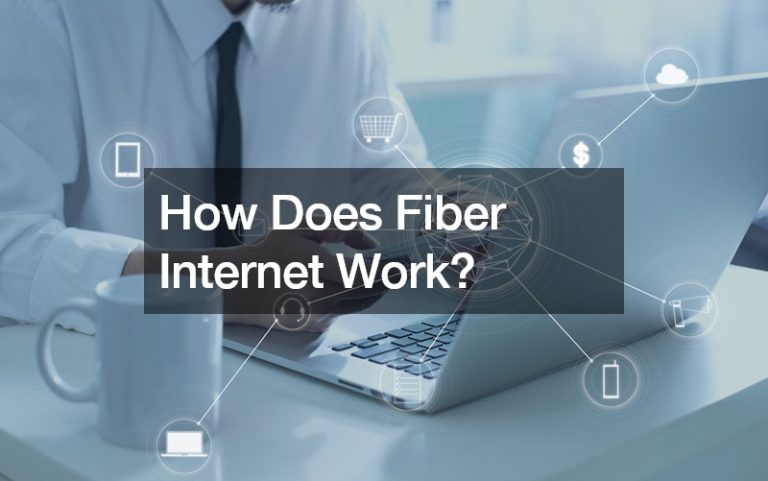The short answer to the question posed by the title: yes, and in fact, it’s already beaten it. The long answer, well…
Let’s start by answering the question: what exactly is traditional advertising?
Traditional Advertising: A Relic of the Past
In general, traditional advertising relies on the following channels:
- Television and Radio Broadcast
- Newspapers and Magazines
- Billboards and Out-of-Home Advertising
- Direct Mail
By and large, these were amazing mediums that used to reach a sizeable audience, one that was extremely diverse for the time, and was able to get a general psychographic of their audience.
But the operative words being “sizeable”, “for the time”, and “general”. A lot of traditional advertising’s efficiency was reliant on the technology of the time. Print and broadcast were the way to go simply because there was no other way to disseminate information on a wider scale. And, again, it worked for the time.
But now that everyone is switching to digital channels and mediums? Traditional advertising simply can’t hold its ground.
Digital Advertising isn’t The Future, It’s the Present
Today, digital advertising doesn’t just reach the same audience, with the same diversity and psychographic: digital advertising takes it a step further and reach an even wider audience, with even more diversity, and a more thorough psychographic of its audience base that traditional advertising simply cannot compete with.
Sure, with the right amount of money, traditional advertising can probably stand up against digital, but digital marketing has one thing up its sleeve that traditional advertising will never be able to compete with: analytics.
Analytics allow advertisers to measure exactly how many people viewed an ad, how long they spent looking at it, whether or not they interacted with the ad, and whether or not the ad lead them to purchasing the products and/or services of their clients. And this is data that’s being accessed in real-time: no need for expensive, time-consuming surveys of traditional mediums.
The Modern World Requires Modern Solutions
Over the last 20 years, the world saw technological leaps and bounds that are unparalleled by the preceding decades, with the invention of the internet being the catalyst for this revolution. Once a niche tech that catered only to die-hard geeks, the internet wormed its way into everyday life in a very short amount of time, cementing its place by the mid-2000s as an integral part of our society.

And then came social media. Pioneered by Friendster, improved upon by MySpace, and perfected by Facebook, social media platforms became the new marketplace, hang out spot, and news source for many people around the world. As the technological revolution picked up even more speed by the 2010s, access to the digital world became easier and cheaper. In a span of a decade, smartphones became a mainstay for modern life, an indispensable tool for both consumers and companies.
Digital advertising isn’t just a trend; it’s the modern way of life. From social media and online shopping, companies need to go digital if they want to thrive in the modern world. Not only is it more cost-effective, it’s also the only way for a company in the 21st century to remain relevant to their audience.











